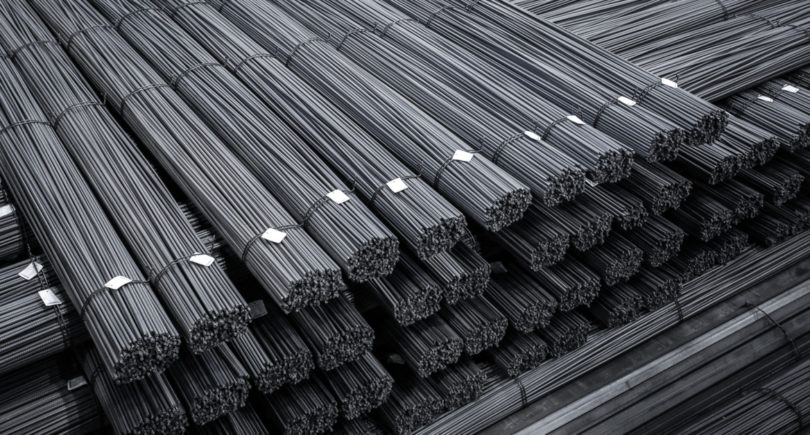
News Global Market EU 178 09 June 2025
EC invites manufacturers, industry associations and Member States to cooperate
The European Commission has created a new surveillance tool to help protect the bloc from sudden and potentially disruptive import surges. This is stated in the report of the institution.
The system is aimed at preventing harmful trade diversion, which occurs when a significant amount of goods that cannot enter other markets due to high tariffs and other restrictions are redirected to the EU. The surveillance tool is based on customs data and will allow the EC to quickly identify such import surges and take action to protect the bloc’s market.
The Commission has invited EU producers, industry associations and Member States to review the import trends available on the tool’s website and provide additional market information and data on the economic situation of the industry. This will further assist in identifying specific products that may be at risk.
The new tool builds on the initiative of EC President Ursula von der Leyen to establish an import surveillance working group to protect EU markets and industry. It is tasked with addressing the problems caused by trade diversion, especially given the recent turbulence in the global trading system.
It is noted that the group’s work is focused on providing information to support the EC’s decision-making process. Previously, it developed an internal dashboard that tracks all imports to the EU and, through statistical analysis, identifies products whose supply has potentially increased in a harmful way. Focusing on the period from January 1, 2025, the working group will continue to monitor imports and other indicators on an ongoing basis, publishing the results regularly.
In addition, the EC is establishing a dialogue with China to monitor possible trade diversion and ensure that any notable developments are properly addressed. This proactive approach will allow the EU to stay ahead of new trends and respond to risks.
According to EUROFER, in the first quarter of 2025, the total volume of steel imports to the EU – including semi-finished products – decreased by 9% y/y. At the same time, imports of finished steel products decreased by only 1% y/y. Despite the slight overall decline, imports remain at a level that has a significant impact on the European steel market. In 2024, its share in apparent consumption amounted to 27%, an almost record high. This puts serious pressure on European producers.



